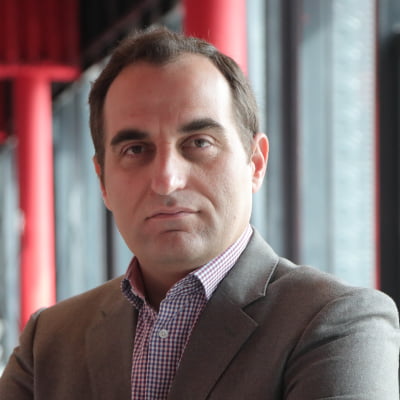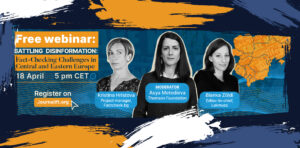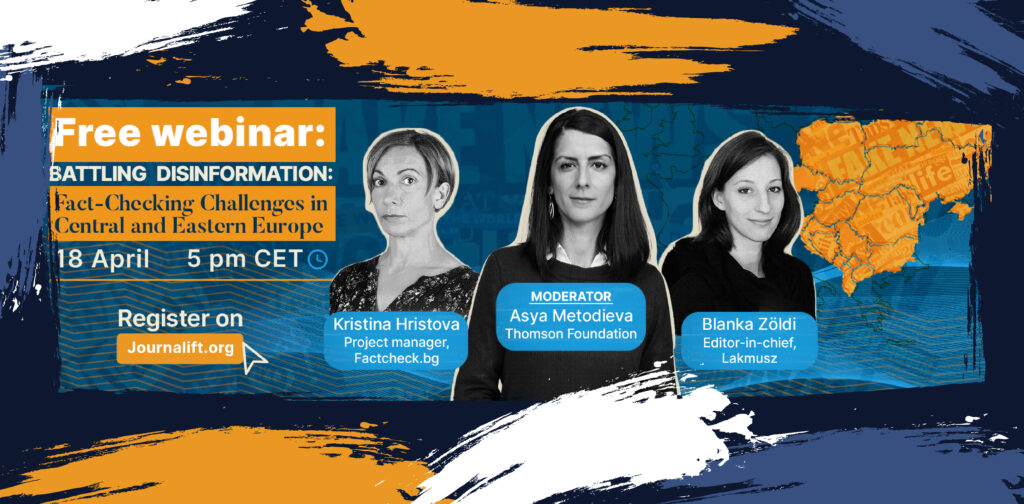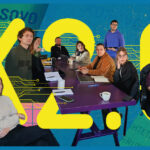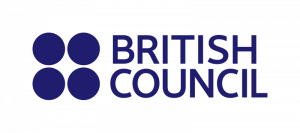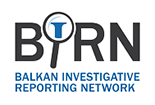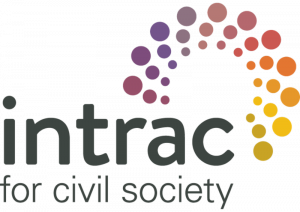The COVID-19 pandemic had disrupted all sectors of economy, including media outlets across the globe. According to the World Economic Forum, for the media sector, coronavirus creates both opportunities and challenges. Communication is an essential element in times of crisis such as pandemics. A recent study on the role of media in crisis management in Albania points to the media’s crucial role as a critical information provider through awareness-raising campaigns and ample space for experts, doctors, and public health officials. The same study argues that the media faced serious challenges under the COVID-19 crisis regarding freedom and security, such as health and security risks posed to journalists and media staff when reporting from the field. On the positive note, media harnessed advanced technology and managed to combine professional reporting with citizen-created content.
So, what opportunities did COVID-19 created for local media development?
First, lockdowns and physical distancing led to a huge increase in at-home media consumption and citizens turned to media outlets for timely and trusted information about the pandemic and how to respond to such a crisis. Information about local communities and local developments was also requested by audiences thus providing local media the opportunity to provide much needed information. However, due to anti COVID-19 measures and lockdowns in place, many media outlets had to cancel programming and witnessed a drop in their income due to lack of advertising or other business activities that would require media coverage.
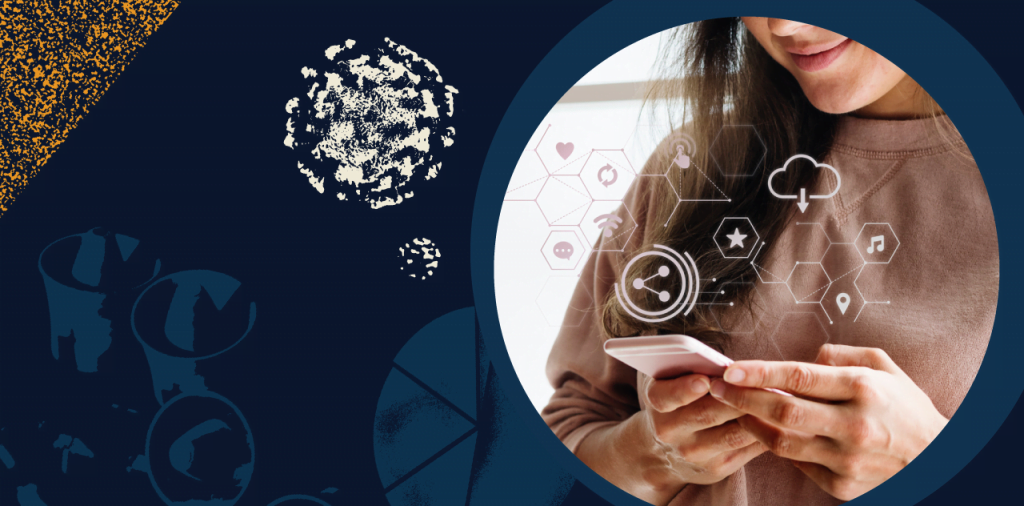
However, digitalisation offered another opportunity for local media with digitization of content, rise of social media and increase in usage of mobile and Internet connection to produce content combining both professional media practices and citizen-generated content.
The digital world is however not fully explored by local media and they need support to capitalize on the digital tools to engage with audiences and communities and to find alternative sources of monetization. For local media this is even more challenging attempting to balance local news with wider reach in the digital world.
In a COVID-19 induced reality media need not simply inform, but also educate and entertain a variety of audiences and must keep connecting to these audiences in different ways that are not set in stone and change frequently as the environment is also changing. A new research by the World Economic Forum sheds light into new business models and strategies of media to engage with audiences. Of course, for Albania some of these realities might seem far-fetched, but a lot of global media trends can also be seen soon rather than later in Albania as well.
For instance, in an area of fake news and disinformation, good quality content is more valuable than ever. Studies show that Albania is proving fertile ground for conspiracy theories and fake news concerning the coronavirus pandemic, often drowning out mainstream media. As such, local media with quality content that is relevant to their local communities can make a difference and can engage their communities in ways not done before. In light of COVID-19 realities, on-demand entertainment has increased with tech giants and new media providers tightening paywalls and posing additional challenges to local media. However, with an increase in the drive for revenue from digital products there is an opportunity to connect with audiences directly. Another opportunity is that revenue can be advertising-supported but also it can be consumer driven based on audience targeting. Given that the subscription model is not widespread in Albania, there is room to experiment in this regard.
In autumn 2020, the OECD argued that massive digitalisation coupled with emerging technologies, such as virtual and augmented realities, can create new forms of cultural experience, dissemination and new business models with market potential. These are ‘golden’ opportunities for media to capitalise on to remain relevant and achieve sustainability. In addition, it argued that crossovers between culture, including media, and education or health sectors can drive future innovation. These new opportunities are not self-evident and the media needs support and capacity development to benefit from them.
Another important area is that of collaborating with marginalised and vulnerable communities. Local media outlets can and have taken action not simply in providing trusted information, but also in providing ample space for marginalised and vulnerable communities and supporting them in coping with the impact of COVID-19. For instance, awareness raising campaigns and mobilisation for support.

The pandemic also showed that only those media outlets that are able to adapt, change and innovate are the ones with a future. Agility and flexibility are paramount traits for media organisations.
For instance, a clear shift in journalistic practice has been the forced adoption of remote working practices, using online collaboration tools like Zoom, Skype or WhatsApp. Most probably blended practices of working will continue for some time. This can be cost saving, but also disruptive in terms of content production and journalists might need training to develop new ways of content producing using technologies and adapting to remote working. There is an opportunity for more creativity with media staff out of the office and in the communities.
As noted by Reuters Institute, a key challenge for the year ahead will be how to move from crisis mode towards a sustainable hybrid in-person/remote model. Also, in post-COVID-19 reality media need to balance face to face journalism with online content production in a way that connects more with audiences. It will be crucial to focus journalism on content, audience targeting and alternative sources of revenue model.

